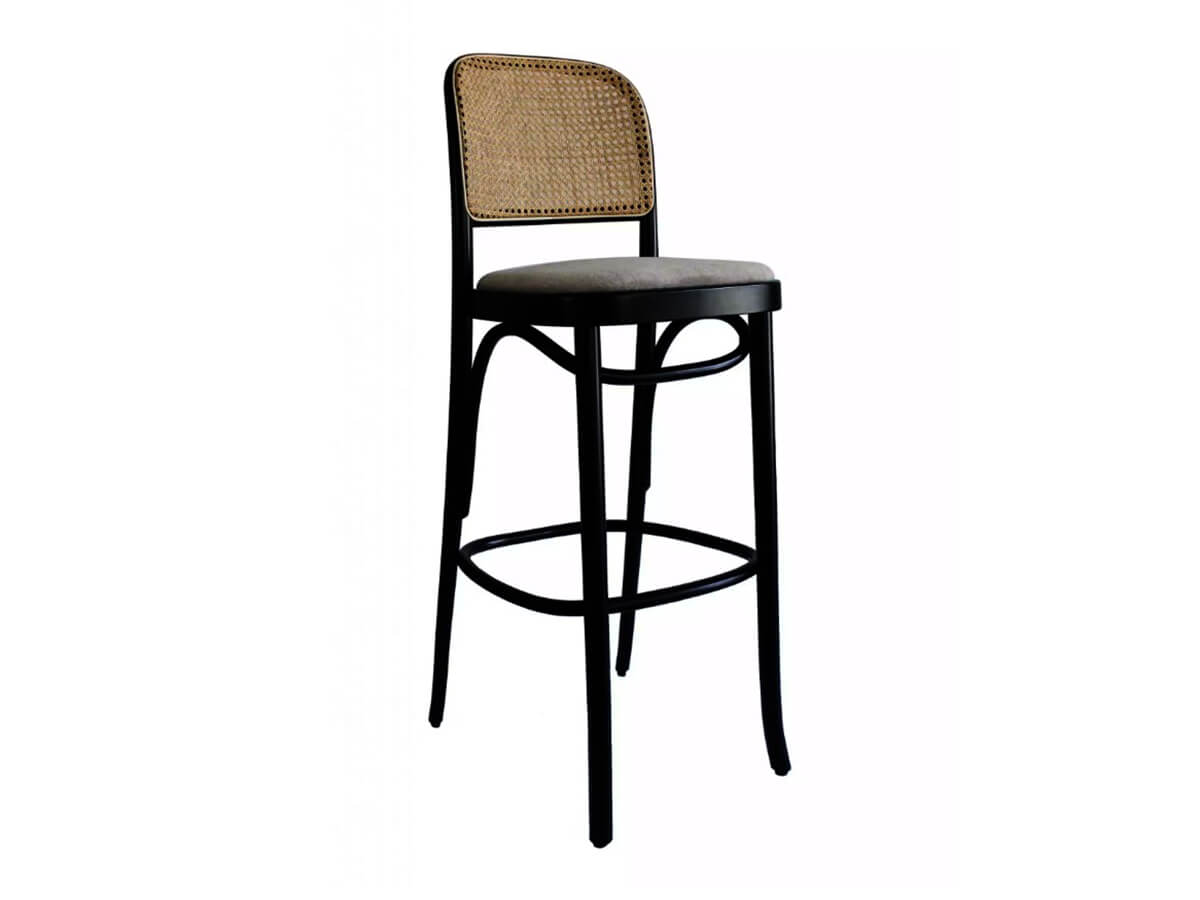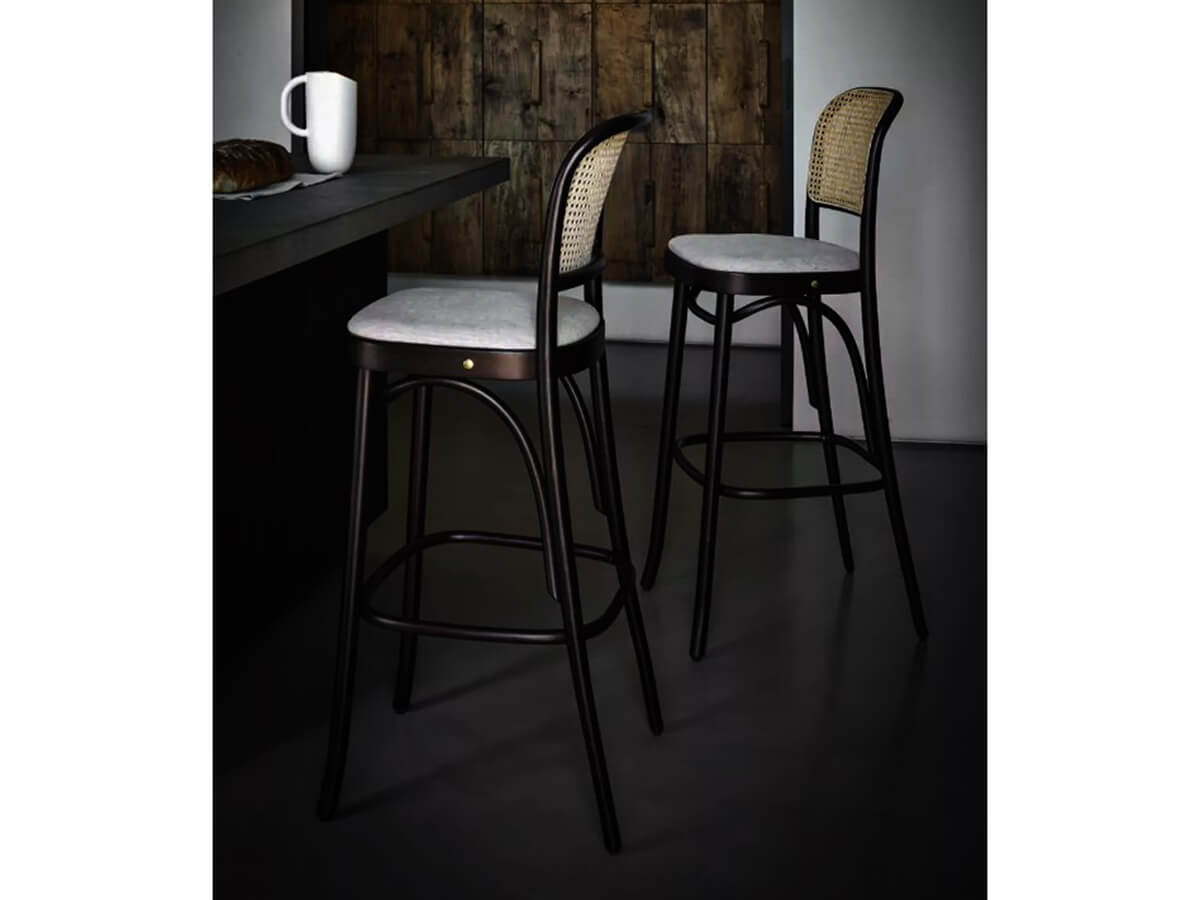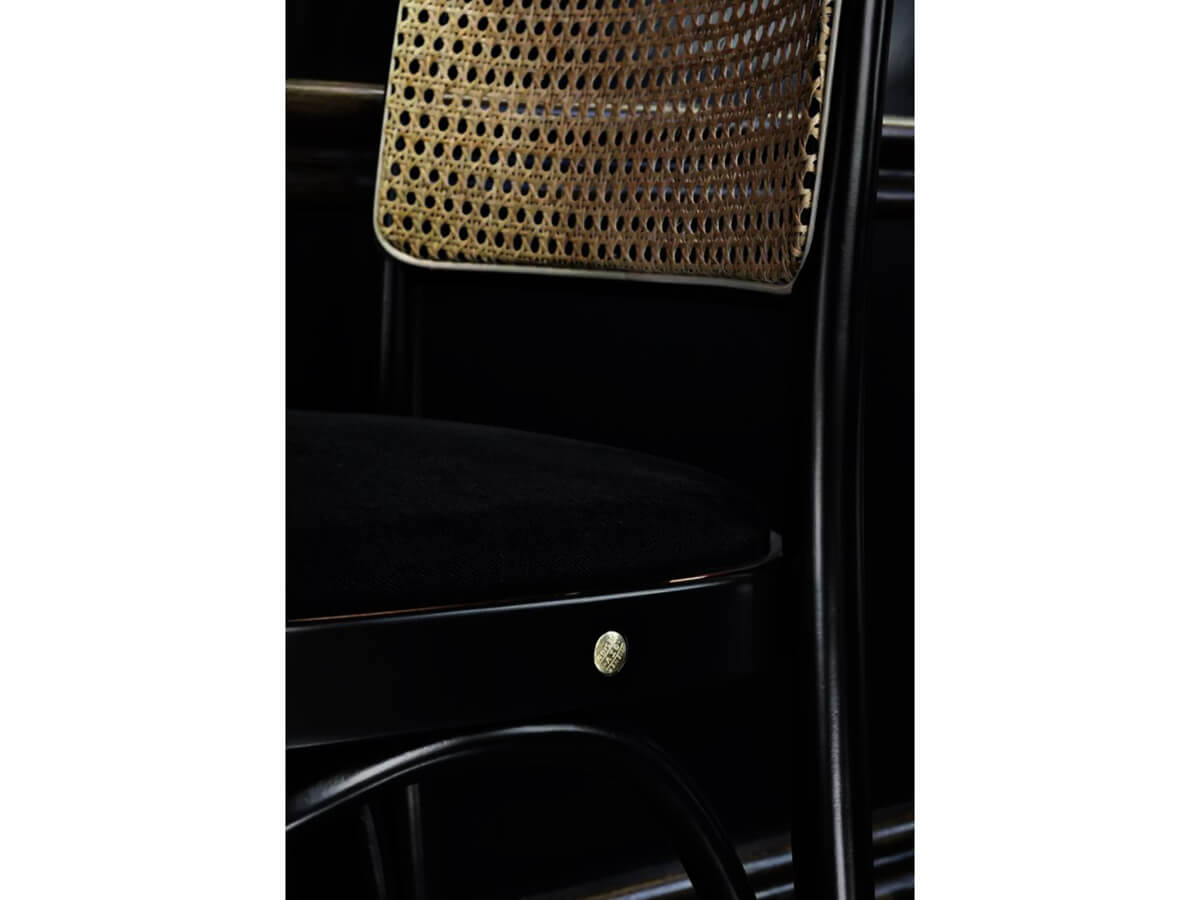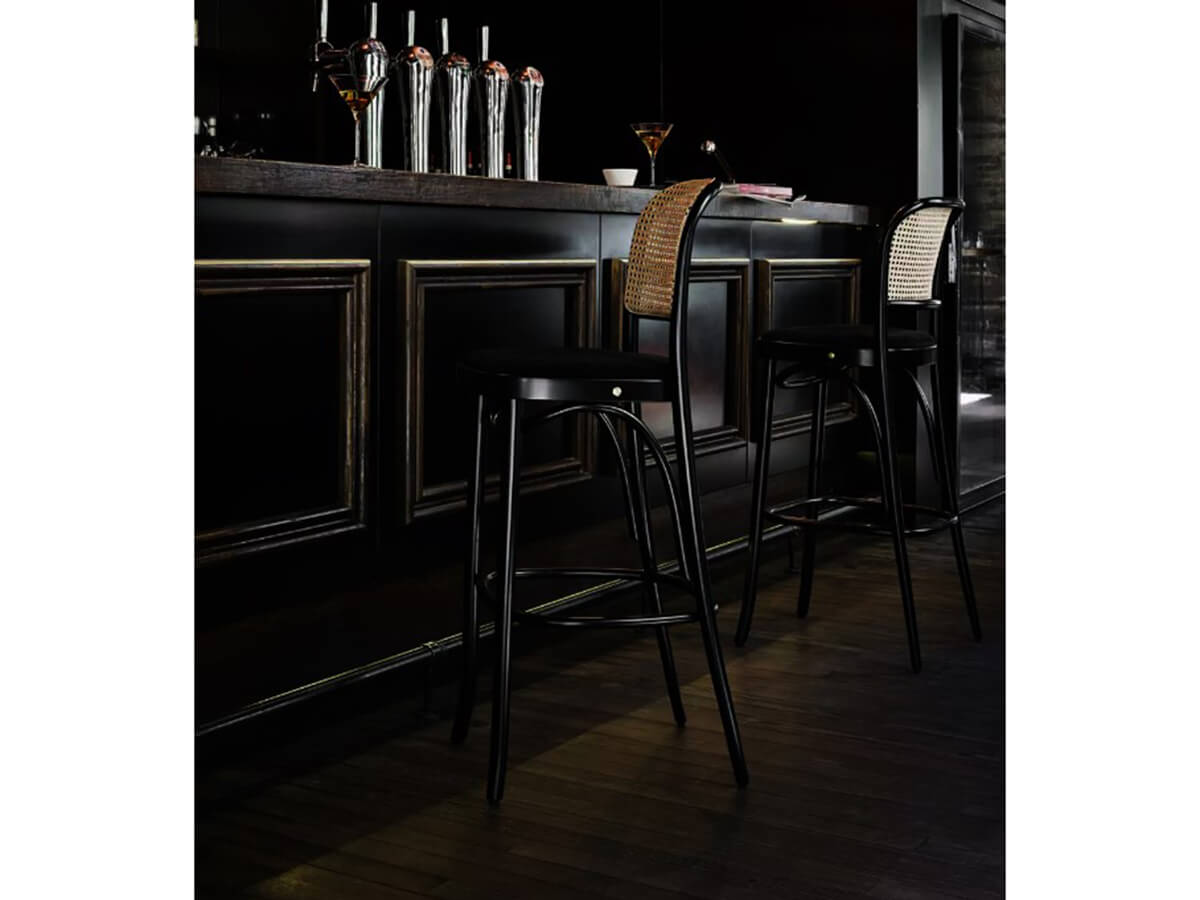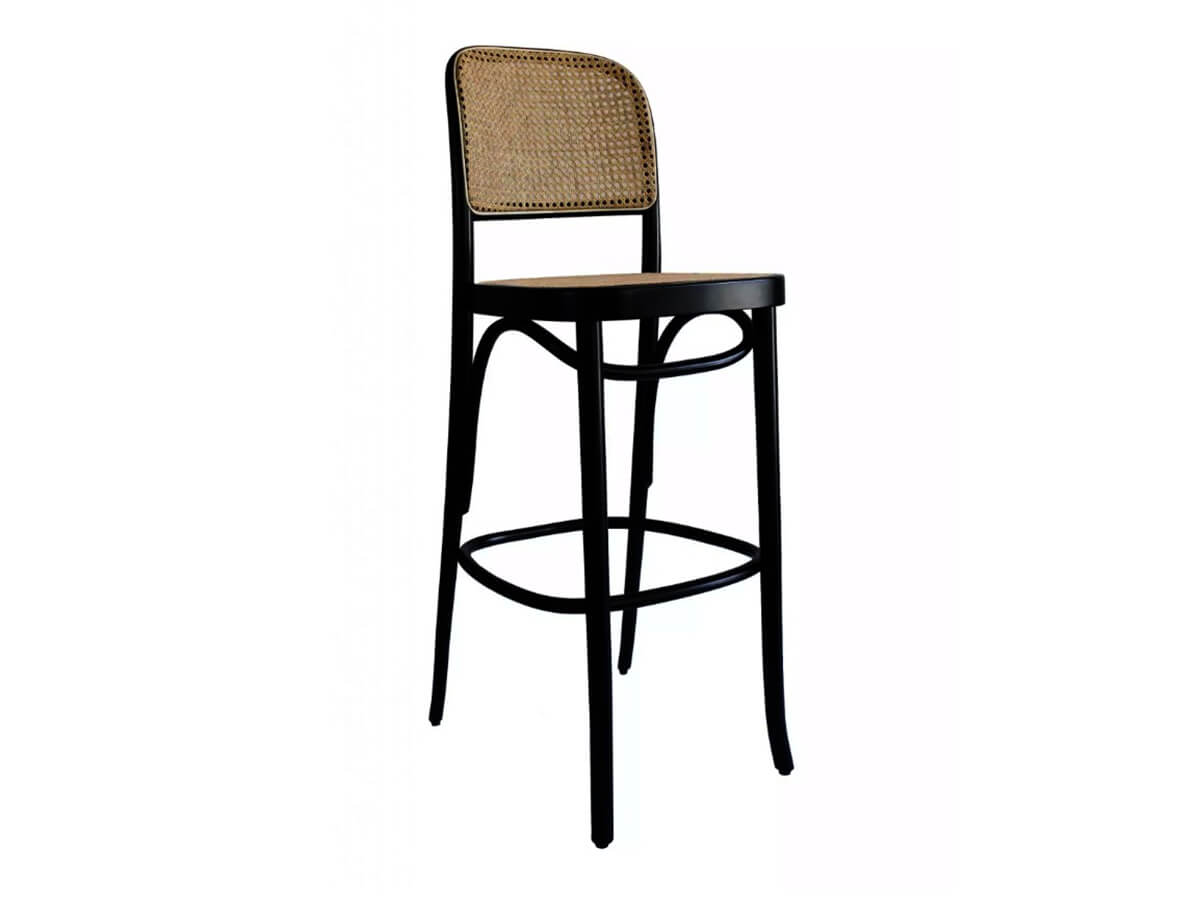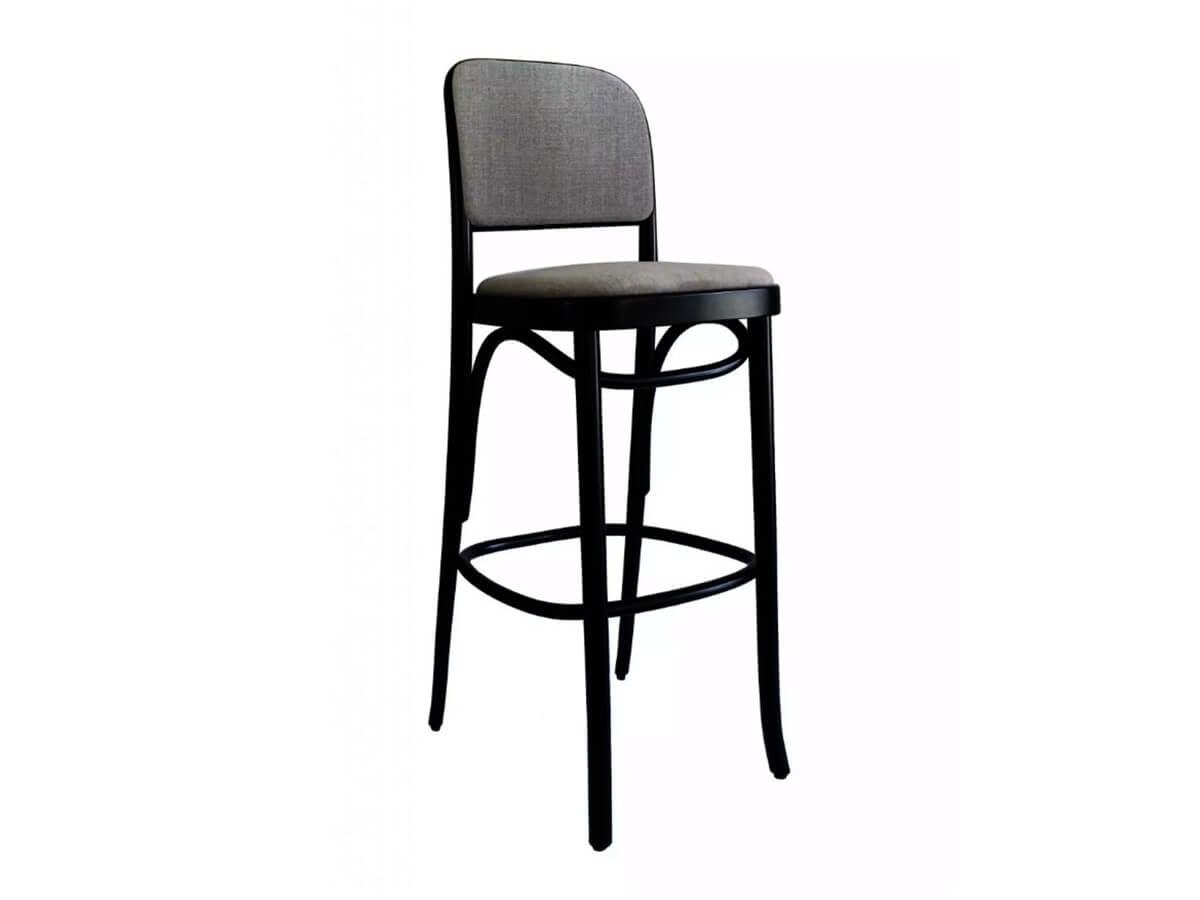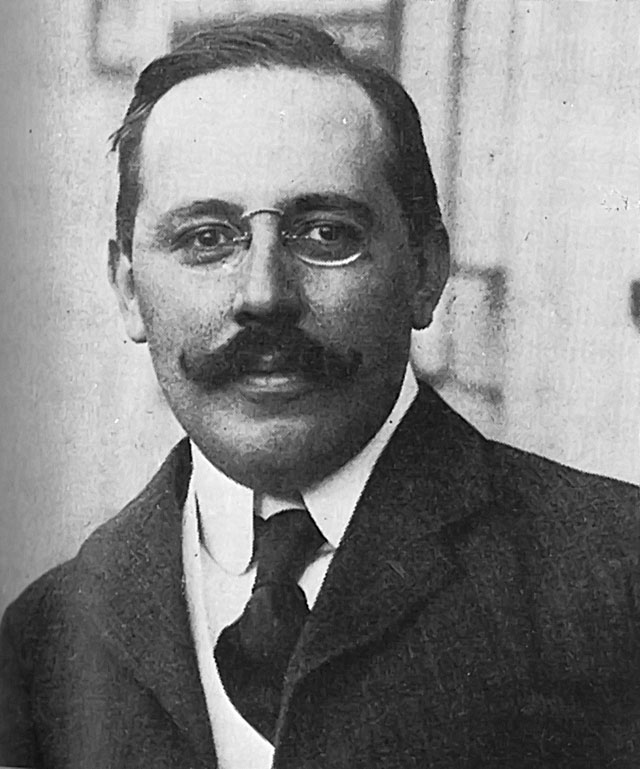Gebruder Thonet Vienna
811 Stool
Upholstered Seat and Backrest in Woven Cane
Price starting from € 1.052,00*
*Price valid for the version in H.108,5 cm with frame in beechwood stained - upholstered seat covered in fabric cat. A and backrest in woven cane (cod. SA0811TES).
N. 811 are a chair and a stool with an attractive design made of steam-bent solid beech wood. Created by renowned designer Josef Hoffmann in 1930, these pieces are the epitome of timeless, modern design. The stool is incredibly comfortable and light, thanks to the seat made with Vienna straw handcrafted techniques. With its versatile design, N. 811 is the ideal element for those who want to furnish their home with a retro and modern element at the same time. In few words: timeless. Gebruder Thonet Vienna has created this element in different colors and shapes, to better adapt it to the needs of modern living.
W.41 x D.50 x H.108,5 cm
Seat Height H.75 cm
Available also in H.98,5 - 65 cm
Salvioni Design Solutions delivers all around the world. The assembly service is also available by our teams of specialized workers.
Each product is tailor-made for the personal taste and indications of the customer in a customized finish and that is why the production time may vary according to the chosen product.
To discover the full range of services available, visit our delivery page.
Suggested versions (3)
Personalize your request
Frame
Select
Seat
Select
Sizes
Select
All design history books begin with the same name: Thonet. In fact, thanks to the research made by the German cabinet maker Michael Thonet on the bending of wood, the industrial production of furniture began. In 1842, Thonet was invited by Chancellor Metternich himself to continue his activity in Vienna, and it was precisely in the capital of the Hapsburg Empire that he founded the Gebrüder Thonet Vienna (GTV) involving his five sons. The company left an indelible mark and the Gebrüder Thonet Vienna chairs went to connote the style of an era, selling millions of pieces all over the world thanks to a cutting-edge distribution network.Read more
Designed by
Josef Hoffmann
Josef Hoffmann (1870-1956), Austrian architect and designer, was one of the great protagonists of the artistic and cultural scene of his time. He trained at the Academy of Fine Arts in Vienna under Otto Wagner, who also employed him for some time in his studio, and in 1897 was among the protagonists of the foundation of the Viennese Secession, an association of artists and architects who opposed the excessively ornamental style of the works exhibited at the Künstlerhaus in Vienna and who decided to open their own space to exhibit works of new conception. His companions in this adventure were his friend Joseph Maria Olbrich, the painter Gustav Klimt and Koloman Moser. With the latter Hofmann was the protagonist of an experience that was to have a strong impact on the history of design: in 1903 together they founded the Wiener Werkstätte, workshops of artistic craftsmanship on the model of the English Arts & Crafts which proved to be at the forefront also in the definition of a new relationship between designer and craftsman. However, by Hofmann's will, the works of the Werkstätte chose to keep the quality of the materials high and, consequently, the prices, thus renouncing against the initial intentions the possibility of developing as a "democratic art" with which they were born. Later Hoffmann was also among the founders of the Deutscher Werkbund, an association of designers and workshops which, starting from past experiences, will try to better define the relationship between the artistic conception of objects and mass production. Hoffmann's style, both in architecture and design, was based on a careful treatment of the surfaces, and in the furnishings (reissued mostly by the Austrian company Wittmann, but also by brands such as Gebrüder Thonet Vienna, Ton and, for tapestries, Backhausen) often takes the form of a grid pattern. His masterpiece is considered the Stoclet Palace (1905-11) near Brussels, while in the last phase of his career he struggled to completely detach himself from the ornamental motifs of the past and he had to face a long professional decline.
Read more
